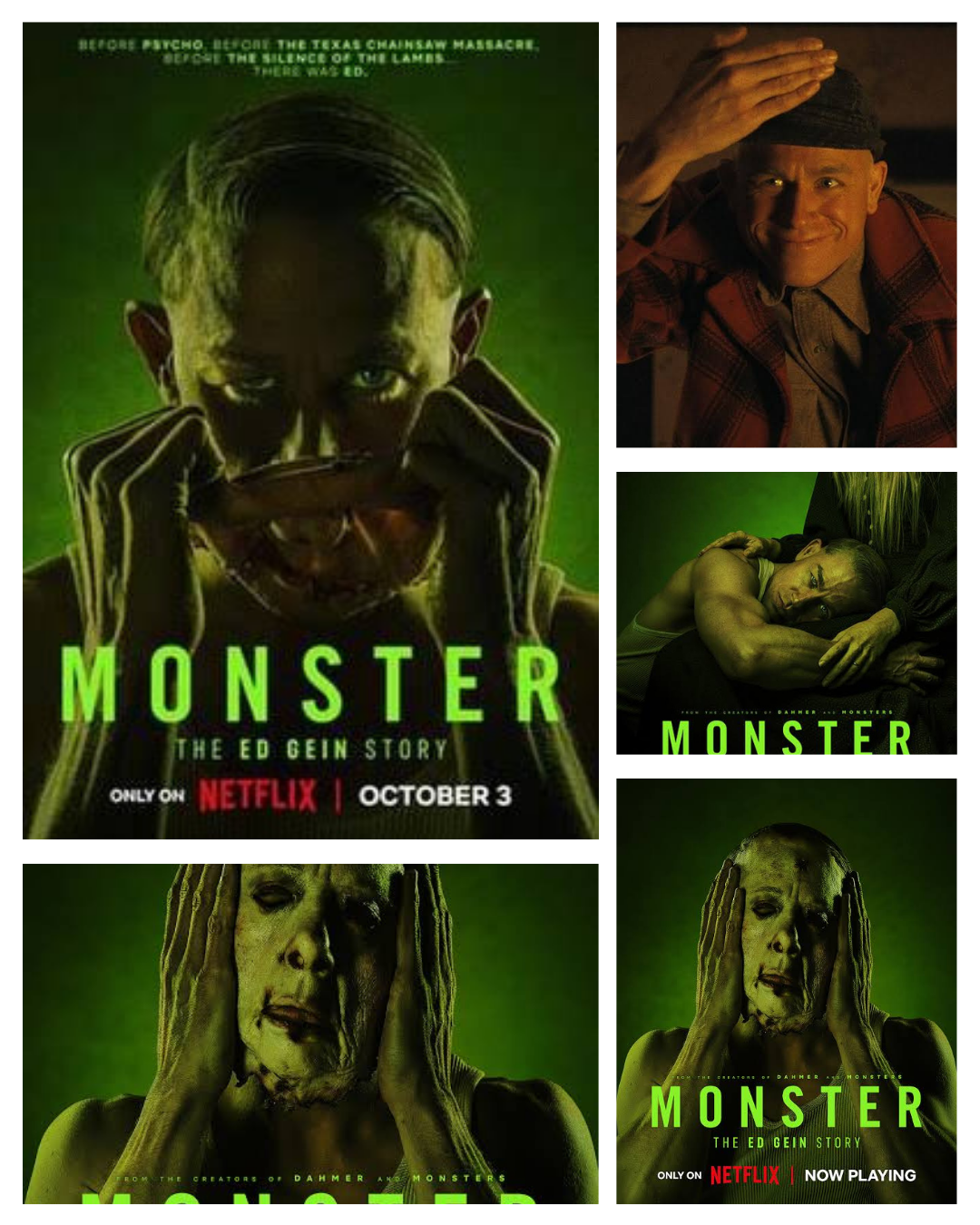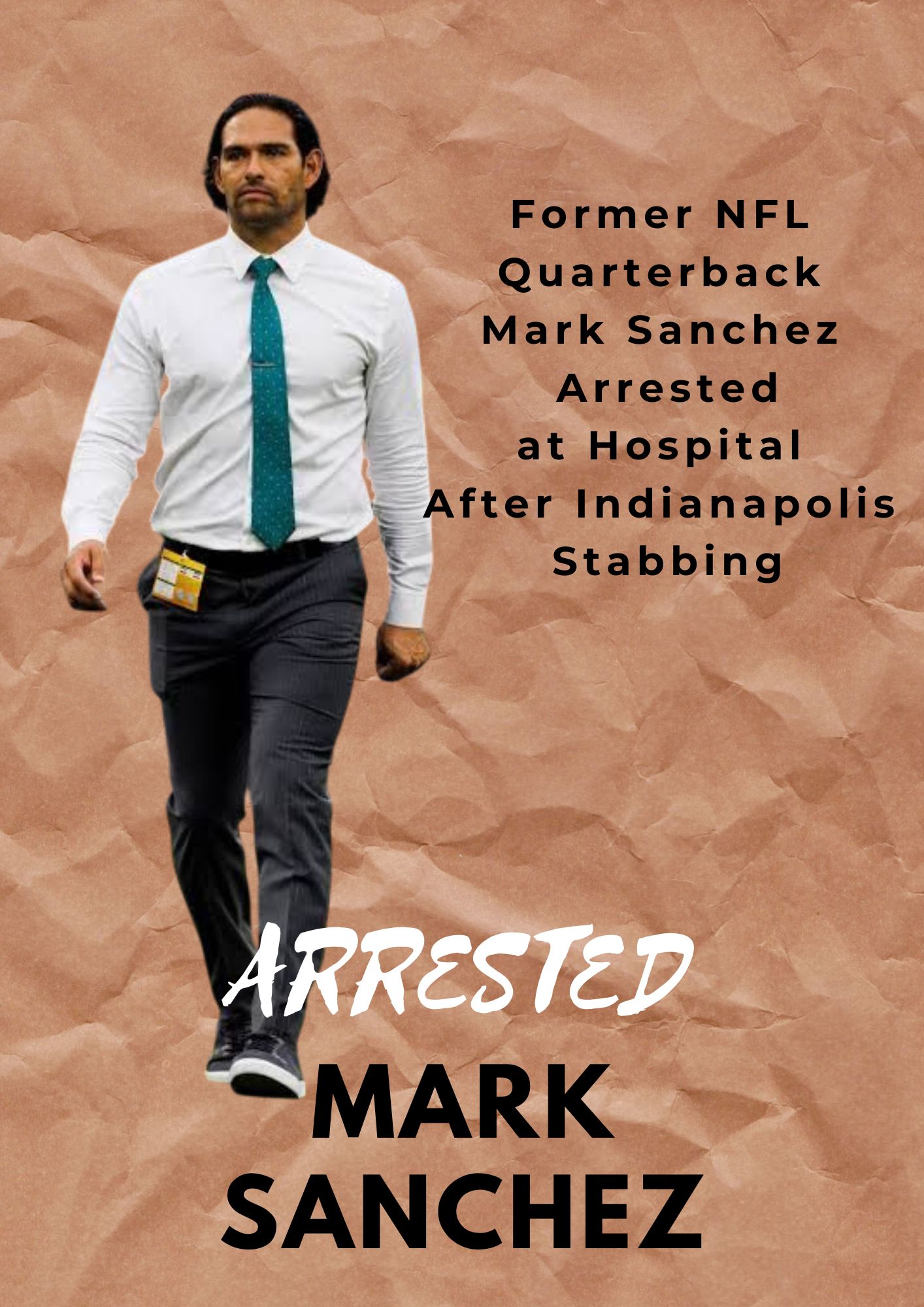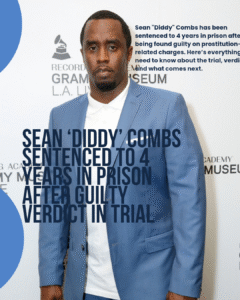Dark Legacy: The Chilling True Story Behind Ed Gein’s Final Days and Hollywood’s Greatest Horror Icons”
Dark Legacy: How Serial Killer Ed Gein’s Final Days Inspired Hollywood’s Greatest Horror Stories

Crime | Entertainment | True Crime History
Ed Gein, Monster Netflix Series, Ed Gein Death, Ed Gein Grave, Serial Killer Story, Psycho Inspiration, The Texas Chainsaw Massacre, True Crime Netflix, Ed Gein Facts
The Man Who Changed Horror Forever
Among America’s most infamous criminal cases, few are as unsettling as that of Ed Gein, the quiet Wisconsin farmer whose shocking crimes stunned the world in the 1950s.
His story became the foundation for several of Hollywood’s most terrifying films, influencing characters like Norman Bates in Psycho and Leatherface in The Texas Chainsaw Massacre.
Now, Netflix’s latest true-crime series Monster: The Ed Gein Story is once again bringing this disturbing tale back into public conversation — decades after his death.
The Crimes That Shook a Small Town
In 1957, police in Plainfield, Wisconsin, discovered horrifying evidence that Ed Gein had not only committed murder but had also been exhuming graves. Inside his farmhouse, investigators found skulls, bones, and preserved organs, all turned into household decorations.
Authorities learned that Gein had killed Bernice Worden, a local hardware store owner, and later connected him to the disappearance of Mary Hogan, a tavern owner who vanished years earlier.
His crimes revealed a deeply disturbed mind shaped by isolation, strict religious upbringing, and an unhealthy attachment to his domineering mother.
The Arrest and Mental Health Evaluation
After his arrest in November 1957, Gein was declared mentally unfit for trial and diagnosed with schizophrenia. He was transferred to Central State Hospital for the Criminally Insane, where he spent over a decade under medical supervision.
In 1968, after being ruled competent, Gein was found guilty of Bernice Worden’s murder but was again declared not guilty by reason of insanity.
He was moved to Mendota Mental Health Institute in Madison, Wisconsin, where he lived for the remainder of his life.
The Final Chapter of His Life
Ed Gein’s later years were quiet compared to the chaos of his past.
He was known to cooperate with hospital staff and spent much of his time doing simple tasks.
Gein died on July 26, 1984, at the age of 77, from complications related to cancer.
His death brought closure to one of the most shocking criminal cases in U.S. history, but his legacy — for better or worse — continued to influence culture and film.
The Mystery of His Burial Site
After his death, Gein was buried in Plainfield Cemetery, next to his mother and brother.
However, his grave soon became a target for curiosity seekers and vandals. Visitors chipped away at his headstone, taking fragments as souvenirs.
In 2000, his gravestone was stolen and later found in another state, but it was never returned. Today, Gein’s grave remains unmarked, covered only by grass and a simple patch of land — a quiet resting place for a man whose actions left a permanent mark on history.
How Hollywood Turned Reality into Fiction
The gruesome discoveries from Gein’s farmhouse inspired countless works of fiction.
Author Robert Bloch used elements of Gein’s story in his novel Psycho, which Alfred Hitchcock adapted into a 1960 film that changed the horror genre forever.
Later, The Texas Chainsaw Massacre (1974) and The Silence of the Lambs (1991) both drew inspiration from the crimes in Plainfield.
These works reimagined Gein’s psychological profile into fictional killers who remain pop-culture icons today.
Now, Netflix’s Monster: The Ed Gein Story explores the real man behind those myths — offering a closer look at his life, mental illness, and the chilling events that inspired decades of horror storytelling.
Legacy and Reflection
Ed Gein’s story is more than a tale of crime — it’s a disturbing study of isolation, obsession, and the human psyche.
More than seventy years after his arrest, he continues to fascinate true-crime enthusiasts and horror fans alike.
While society often debates whether retelling such stories glorifies violence or exposes mental health issues, one thing is certain: Ed Gein’s life left a shadow that continues to loom large in pop culture.
Conclusion
Ed Gein’s crimes remain a dark chapter in American history. His disturbing actions, psychological struggles, and the fascination surrounding his story have ensured that his name will not be forgotten.
Whether seen as a cautionary tale or a subject of cinematic study, Ed Gein’s life and death continue to influence how the world understands the thin line between reality and horror fiction.
What are your thoughts on Netflix’s portrayal of Ed Gein’s story? Do true-crime shows help educate audiences or simply sensationalize tragedy? Share your views in the comments below.
“Dark Legacy: The Chilling True Story Behind Ed Gein’s Final Days and Hollywood’s Greatest Horror Icons”
Explore the real-life story of Ed Gein — the Wisconsin killer whose crimes inspired Psycho and The Texas Chainsaw Massacre. Learn how he died, where he’s buried, and why his grave remains unmarked.
#EdGein #TrueCrime #NetflixMonster #HorrorHistory #SerialKillerFacts #TrueCrimeBlog #CrimeDocumentary #TheTexasChainsawMassacre #Psycho #EdGeinNetflix #HollywoodHorror #TrueCrimeStories #NetflixSeries #CrimeNews #DarkHistory














Post Comment